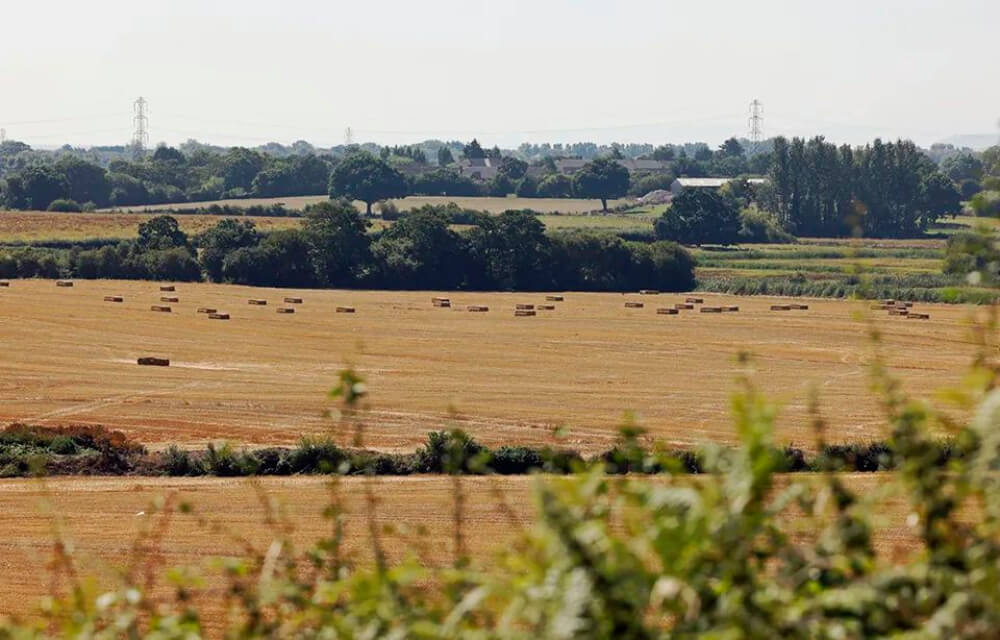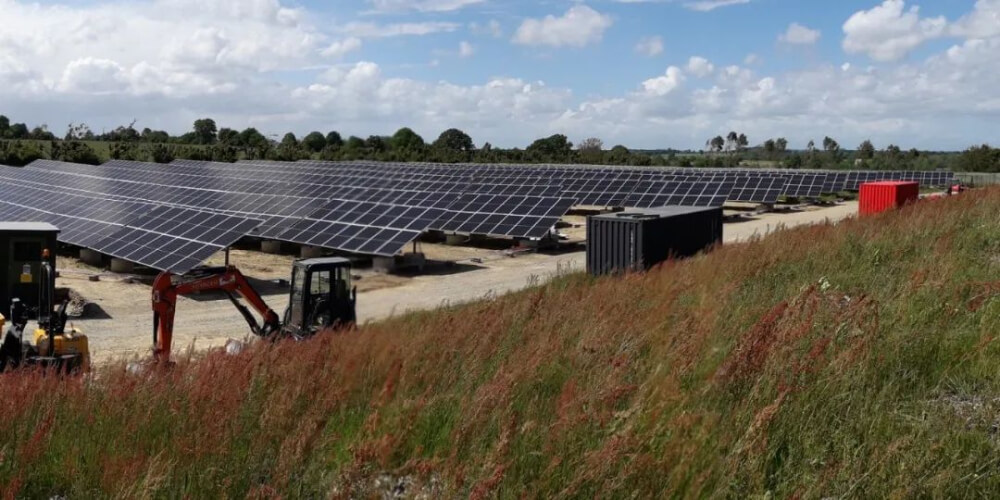In Greece, a wheat plantation 200kw solar power system with a 500kwh energy storage
 namkoo solar
namkoo solar
Enhancing Energy Sustainability and Agricultural Productivity with Solar Photovoltaic Storage System in Greece
1. Background
In the sun-soaked landscapes of Greece, a wheat plantation faced the dual challenge of meeting its energy demands and enhancing its productivity. The agricultural facility required a consistent and reliable power supply to operate machinery, irrigation systems, and other essential equipment. Traditional energy sources often proved insufficient, expensive, and environmentally unsustainable. In pursuit of a sustainable solution, the plantation turned to solar energy, seeking the expertise of Namkoo Solar, a reputable solar technology provider.

2. Objectives
The primary objective of the project was to design and implement a solar photovoltaic (PV) system integrated with an energy storage container to address the plantation's 24-hour electricity demand. The key goals included:
- Establishing a 200 kW solar power system to harness renewable energy.
- Installing a 500 kWh energy storage container system to ensure continuous power supply.
- Resolving the challenge of round-the-clock energy availability to support agricultural operations.
- Increasing overall productivity by optimizing energy usage and reducing operational costs.
Number of Products Used:
-
Solar Panels: The installation involved a total of 800 solar panels with an average capacity of 250 W each. This resulted in a combined solar capacity of 200 kW.
-
Inverters: Three central inverters were utilized to manage the conversion of DC to AC power. Each inverter had a capacity of approximately 66.67 kW.
-
Lithium-ion Batteries: The energy storage container housed a total of 500 kWh of lithium-ion batteries. The exact number of battery modules depended on the battery's capacity and configuration.
-
Battery Management System (BMS) and Energy Management System (EMS): These systems were integrated into the energy storage solution as integral components, without a specific count.
3. Solution
The plantation partnered with Namkoo Solar, a renowned player in the renewable energy sector, to design and execute the solar photovoltaic storage system. The solution involved the following steps:
3.1. Assessment and Design
Namkoo Solar conducted a comprehensive assessment of the wheat plantation's energy consumption patterns and requirements. Factors such as daily energy usage, peak demand hours, and overall load profile were analyzed to determine the optimal capacity of the solar power and energy storage systems.
3.2. Solar Photovoltaic Installation
Namkoo Solar designed and installed a 200 kW solar photovoltaic array on the plantation's premises. Given Greece's abundant sunlight, the solar panels were positioned to maximize energy generation throughout the day. Advanced solar technology was utilized to ensure efficiency and durability.

3.3. Energy Storage Container System
To address energy demand during non-sunlight hours, a 500 kWh energy storage container system was integrated into the setup. This lithium-ion battery storage solution could store excess energy generated during the day and discharge it during peak demand hours or when solar generation was low.
3.4. Smart Energy Management System
To optimize energy consumption and distribution, Namkoo Solar implemented a smart energy management system. This system monitored real-time energy generation, consumption, and storage levels, allowing the plantation to make informed decisions about energy usage. It also facilitated remote monitoring and control, enhancing operational efficiency.
4. Results
The implementation of the solar photovoltaic storage system yielded significant outcomes for the wheat plantation:
-
24-Hour Energy Supply: The combined solar PV and energy storage system ensured uninterrupted power supply, addressing the plantation's energy needs around the clock.
-
Cost Savings: By relying on renewable solar energy and reducing dependence on traditional energy sources, the plantation achieved substantial cost savings over time. The energy storage system helped avoid peak electricity rates and optimized energy consumption.
-
Environmental Benefits: The shift to solar energy resulted in a reduced carbon footprint, contributing to environmental sustainability and aligning with Greece's renewable energy goals.
-
Increased Productivity: With reliable power supply, the plantation enhanced its operational efficiency. Agricultural processes, including irrigation and machinery operation, were no longer constrained by energy availability.
5. Conclusion
The partnership between the wheat plantation and Namkoo Solar successfully demonstrated the transformative potential of solar photovoltaic storage systems. By leveraging renewable energy, the agricultural facility resolved its energy challenges, achieved cost savings, and contributed to environmental preservation. This case study serves as an inspiring example of how collaboration between technology providers and agricultural enterprises can drive sustainable energy solutions and unlock new avenues for productivity.



































